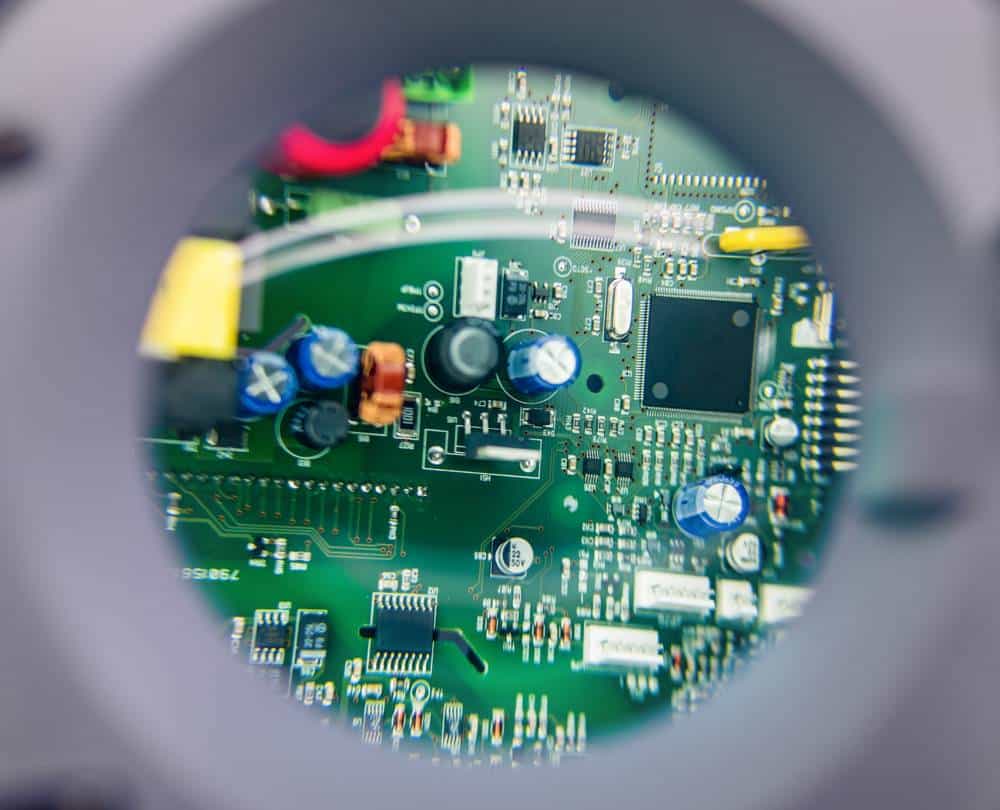What Is The IPC-A-600 Standard?
Based on the latest revision of IPC A 600, the IPC-A-600 guideline describes acceptance criteria for circuit boards used by manufacturers and their customers. This standard provides instructions for printed circuit boards and their associated electronic devices to be ideal, reliable and free from defects from the external and internal observable parts. IPC A 600 emphasizes Design for Inspection (DFI), inspection measurements and methods considered early in the product design prototyping phase. To avoid potentially high hidden costs. This standard applies to all types of printed circuit boards such as rigid PCB, metal core, HDI and flexible PCB.
IPC-A-600: The Standard for Printed Circuit Board Inspection
IPC-A-600, also known as the Acceptability of Printed Boards standard. It is a widely recognized industry standard for evaluating the visual quality of electronic assemblies. The standard was developed by the Association of Connecting Electronics Industries (IPC). It is a global trade association representing the electronics industry.
IPC-A-600 provides criteria and guidelines for inspecting and accepting the quality of printed circuit boards (PCBs) and other types of electronic assemblies, such as wire harnesses and cables. The standard covers a wide range of parameters, including conductor spacing, plating thickness, hole size, solder joint appearance, surface finish, cleanliness, and physical damage.
IPC-A-600 defines three classes of electronic assemblies: Class 1 (general electronic products), Class 2 (dedicated service electronic products), and Class 3 (high-performance electronic products). Each class has different requirements and acceptance criteria based on the intended use and expected level of performance of the electronic assembly.
The standard is widely used in the electronics industry as a reference for assessing the quality of electronic assemblies. Compliance with IPC-A-600 is often a requirement in contracts between manufacturers and customers, ensuring that the electronic assemblies meet the agreed-upon quality standards.
IPC offers training and certification programs for individuals and companies seeking to improve their knowledge and compliance with IPC-A-600. By following the guidelines, manufacturers can ensure that their electronic assemblies meet the highest quality standards. And products are free from defects that could impact performance or reliability.
Qualify your products to IPC specifications with Element’s industry-leading expertise and efficient testing processes.
The Institute for Printed Circuits (IPC) is a global trade association representing the electronics industry, with a focus on design, PCB manufacturing, and electronics assembly. Element is accredited by IPC to inspect and test printed boards, components, and materials, and to validate products subject to IPC standards.
Element’s experts are experienced in testing all levels of electronic products. We start at the materials level testing printed circuit board (PCB) laminate, copper, solder mask, conformal coating, final finishes, soldering materials, adhesives, marking inks, components, etc. Element qualifies the completed bare PCB, as well as the completed printed circuit assembly (PCA) and offers full root cause failure analysis.
The IPC-A-600 guideline describes the acceptance criteria for printed circuit boards that function as a benchmark used by manufacturers and their customers. This set of rules is intended to ensure that flawless shipped PCBs and the electronic devices or equipment that they are part of function reliably.
The IPC-A-600 describes minimum requirements that trained professionals can observe externally or within the PCB to assess manufacturing quality. Whether the quality is sufficient depends on the electronic device in which the PCB is to be used and the requirements it is to fulfil in operation. The technical complexity and the associated manufacturing costs are therefore dependent on the end- use. That’s where IPC classes come in.
Class 1: General electronic products
Includes products of limited useful life, for applications where the main requirement is the function of the complete product. This means consumer products such as games, some computers and their peripheral hardware where superficial imperfections are not important and the main requirement is the functioning of the assembly.
Class 2: Dedicated Service Electronic Products
Includes products that are subject to higher demands in terms of continuous performance and service life and for which uninterrupted operation is desired. In class 2, we are talking about general industrial production, i.e. appliances that are subject to higher demands and require high performance and a long service life. Certain superficial shortcomings can be tolerated.
Class 3: High Performance Products
Includes electronic products for which continuous high functional safety is a condition; in addition, they must function on demand. Functional failure is not permissible. The product must function when it is needed. Products for the commercial and military sector, for which continuous or uninterrupted functional readiness is decisive. Printed circuit boards in this class are used when there are high safety requirements and operation is vital. Failure, such as in life-supporting medical technology, is not tolerable.
Why Is IPC Standards Important in PCB Production?
IPC standards keep producers in check. That is, it helps them build reliable and safe PCB boards.

